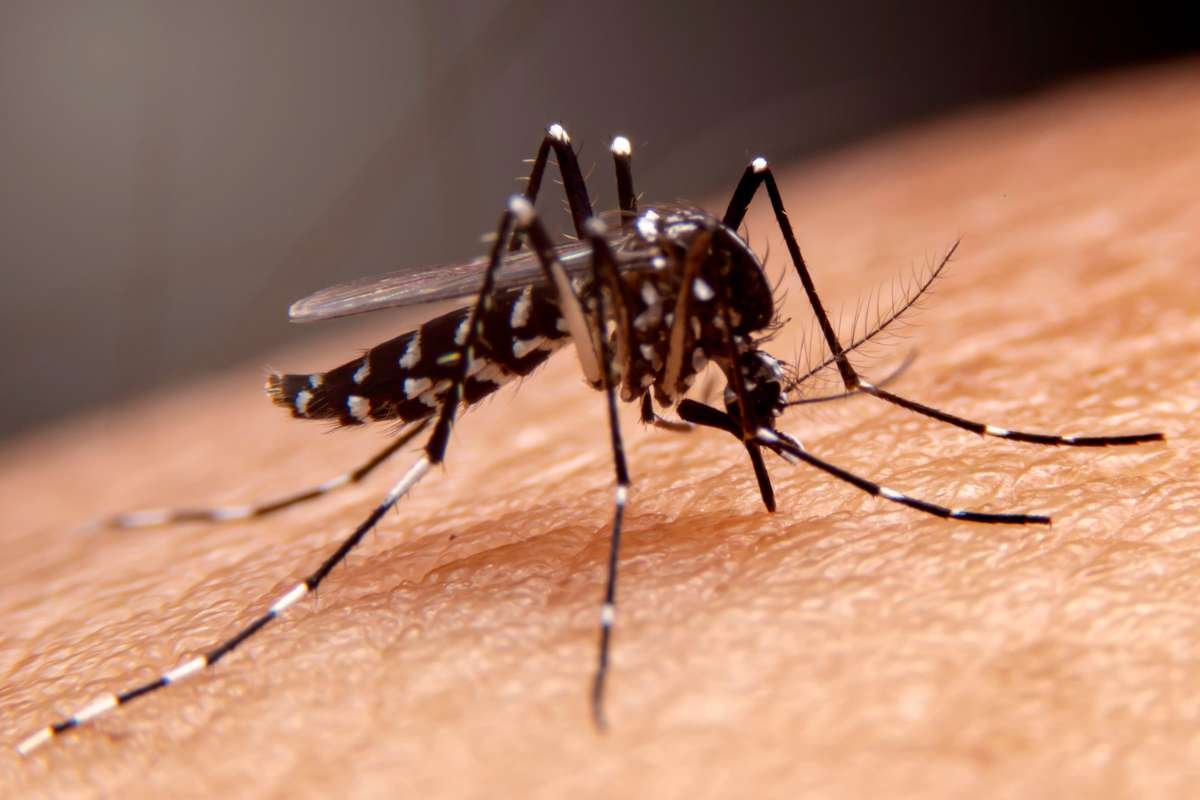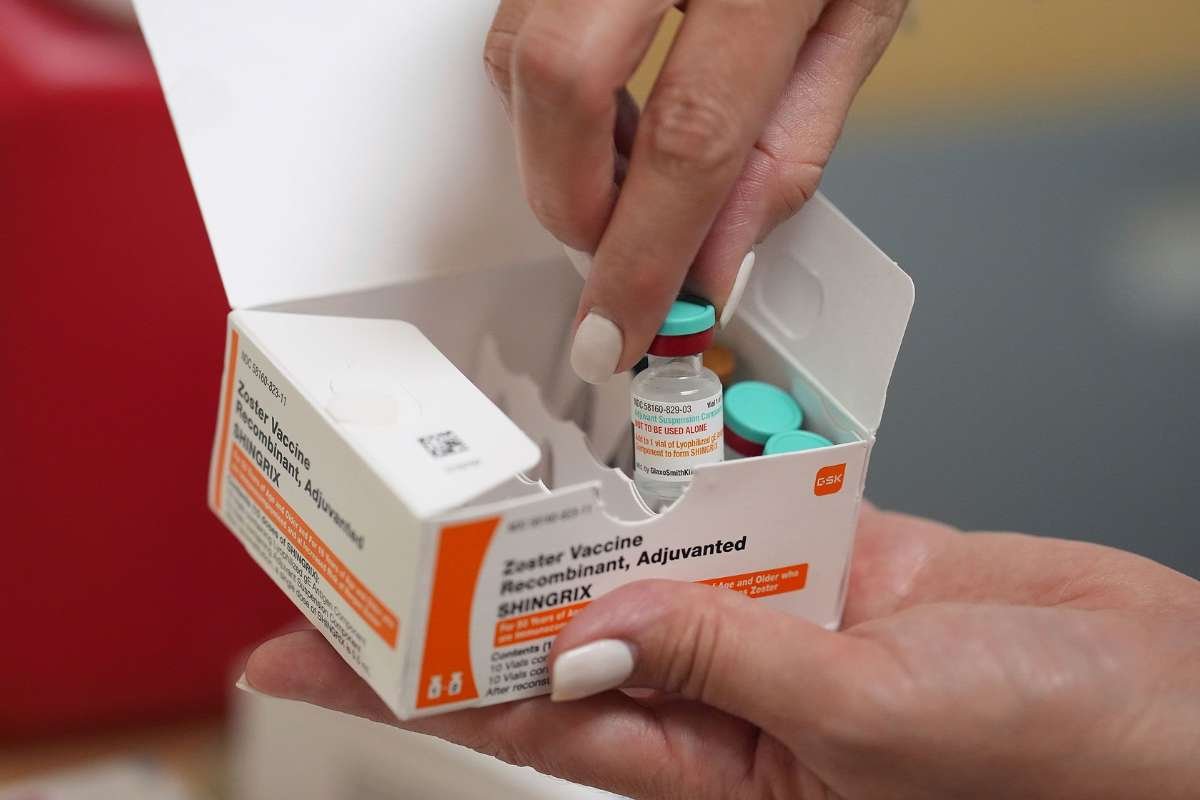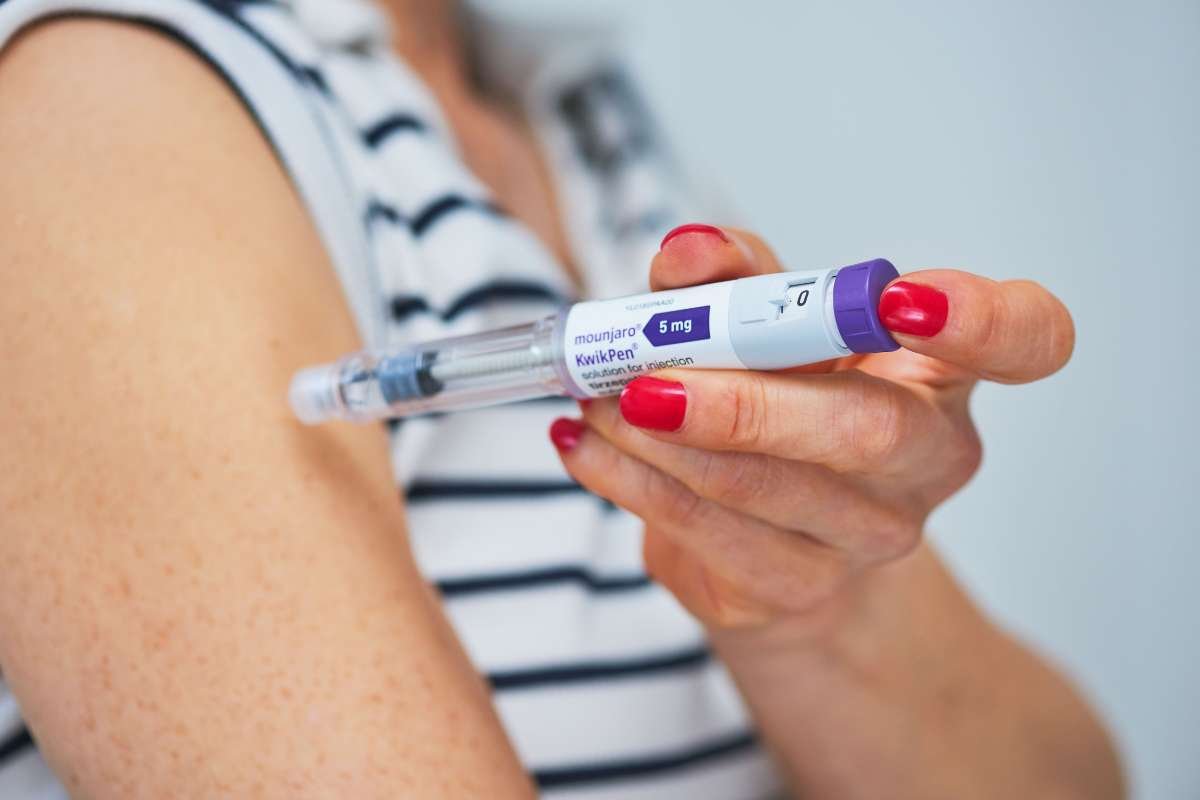Thimerosal in flu vaccines, a mercury-based preservative long used in vaccines, is once again drawing national attention. This week, the Centers for Disease Control and Prevention’s (CDC) Advisory Committee on Immunization Practices (ACIP) is expected to revisit the use of thimerosal in flu shots. While decades of scientific research have consistently shown no credible link between thimerosal in flu vaccines and autism or other neurodevelopmental disorders, the topic remains a rallying point for anti-vaccine activists.
The discussion has taken on new weight under the leadership of Health Secretary Robert F. Kennedy Jr., a long-time critic of vaccine ingredients. Kennedy, who has previously called for the immediate removal of mercury from all vaccines, has appointed several new members to the committee who support reexamining . In an unusual move, the CDC will allow Lyn Redwood, a former leader of a prominent anti-vaccine group, to present to the committee. Her presentation claims thimerosal is neurotoxic—assertions that contradict extensive scientific findings.
The History and Controversy Around Thimerosal
First introduced in the 1930s, thimerosal in flu vaccines was used to prevent contamination in multi-dose vaccine vials. While it was once a common component in childhood immunizations, growing concerns over mercury exposure in the late 1990s led to its removal from nearly all routine vaccines in the United States. By the 2023–24 flu season, 96% of flu shots were already thimerosal-free.
The move to eliminate thimerosal from children’s vaccines was framed as a precaution rather than a response to confirmed health risks. Public health experts, including those from the CDC and the American Academy of Pediatrics, wanted to reassure parents and avoid vaccine hesitancy. However, some scientists, like Dr. Paul Offit of the Children’s Hospital of Philadelphia, criticized the decision, arguing that it fueled unfounded fears. The change also increased costs and posed logistical challenges, especially in low-income countries that rely on multi-dose vials for vaccine distribution.
Despite the phase-out, anti-vaccine groups intensified their campaign against thimerosal. Kennedy became a leading voice in the movement, using books and high-profile articles to argue for a complete ban. However, scientific consensus remains unchanged: no credible evidence supports claims that thimerosal causes developmental harm.
What the Science Says About Safety
Extensive research has upheld the safety of thimerosal in flu vaccines. Though mercury in high doses is toxic, the ethylmercury used in thimerosal is quickly processed and excreted by the body, unlike methylmercury, which can accumulate to dangerous levels. The amount of mercury in a flu vaccine is comparable to that in a small can of tuna.
Numerous large-scale studies, including a Danish review of over 460,000 children, have found no association between thimerosal exposure and autism or other cognitive issues. Autism rates have continued to rise even after thimerosal was removed from vaccines, contradicting claims made by opponents.
A document recently posted (and later removed) from the CDC’s website reaffirmed that thimerosal in flu vaccines does not does not contribute to neurodevelopmental disorders. Still, the upcoming ACIP vote has reignited a debate that public health officials hoped had long been settled by science.
Visit The Lifesciences Magazine For The Most Recent Information.







